

Nikon AF 50mm f/1.4D & Nikon 50mm f/1.8D
The "poor man's lenses"
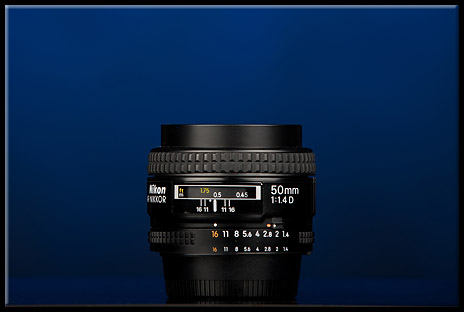
|
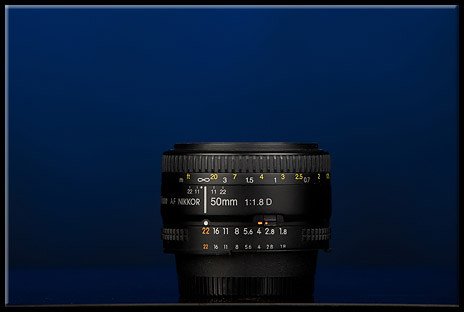
|
| Nikon AF 50mm f/1.4D | Nikon AF 50mm f/1.8D |
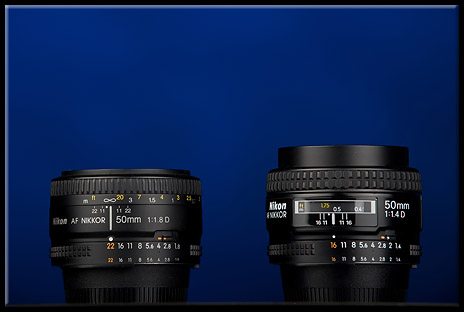
|
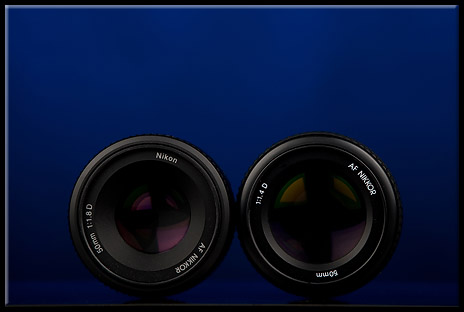
|
| Nikon AF 50mm f/1.8D vs. Nikon AF 50mm f/1.4D | Nikon AF 50mm f/1.8D vs. Nikon AF 50mm f/1.4D |
|
Lens data for the Nikon AF 50 mm f/1.4D:
Lens construction: 7 elements in 6 groups Closest focusing: 0.45 m / 1.5 ft For DX sensors: full frame equivalent: 75 mm Filter: 52 mm Hood: HR-2 Dimensions: 2.5 x 1.7 in Weight: 8.1 oz. Appearance: 1995 Lens data for the Nikon AF 50 mm f/1.8D: Lens construction: 6 elements in 5 groups Closest focusing: 0.45 m / 1.5 ft For DX sensors: full frame equivalent: 75 mm Filter: 52 mm Hood: HR-2 Dimensions: 2.5 x 1.5 in Weight: 5.5 oz. Appearance: 2002 Performance on cameras with DX-sized sensors: The Nikon AF 50mm f/1.8D is a very light, compact and cheap lens with an excellent performance. It beats all zoom lenses with that focal length in the disciplines sharpness and contrast down to f/2.8. On a digital SLR camera with a 1.5 crop factor it can't be considered a "normal" lens anymore - it's a moderate tele and thus is not the universal lens it used to be with film. The Nikon AF 50mm f/1.8D has become my favourite portraiture lens (mainly headshots) in the studio environment where it is used at apertures around f/4 - f/11. At these values, the lens delivers tack sharp images with vivid colors, which is somewhat hard to believe considering the plastic housing. At apertures between f/1.8 and f/3.5 the contrast and to a lesser degree the sharpness of the images don't impress me too much. But this is no problem since I don't use this lens wide open when shooting portraiture. The 50mm f/1.8D shines in a studio because it's a light lens and the autofocus isn't hunting all the time. Some people critisize this lens for its somewhat harsh renderings of out-of-focus areas. They say the 50mm f/1.8D lens has a bad "bokeh" (the word comes from the Japanese language). While the out-of-focus areas sometimes really look a bit harsh, this can be used to express a special atmosphere. And in the right hands, this lens can create stunning images no matter whether it is used outside or in the studio. For getting the smooth and magic out-of-focus areas I don't use this lens. For such images I use the 85mm f/1.4D lens. Its magic out-of-focus images combined with its longer focal length and its extreme sharpness make it an almost perfect lens for portraiture in a non studio environment. For low light work I don't use the Nikon AF 50mm f/1.8D lens anymore. Its performance below f/4 is rather poor. For that kind of work I prefer its more expensive sister, the 50mm f/1.4D. From f/1.4 to anything below f/4 the Nikon AF 50mm f/1.4D lens is sharper than the Nikon AF 50mm f/1.8D and from f/1.4 - f/2 it delivers a more pleasing bokeh than the f/1.8D lens. But for true low light work (concerts, theater etc. where f/1.4 is constantly needed) I cannot really recommend either lens: Even the Nikon AF 50mm f/1.4D has to be stopped down to f/2.8 to give really sharp images. If you need a real low light lens go for the Nikon AF 85mm f/1.4D lens. There is nothing like it. The differences in sharpness and contrast between the Nikon AF 50mm f/1.8D and f/1.4D lens are generally overestimated. For apertures from f/4 to f/11 the Nikon AF 50mm f/1.8D really shines and is at least as good as its more expensive sister. So - to sum it up - for non-studio portraiture it might be the f/1.4D version and for studio portraiture and all other stuff the f/1.8D is a good solution. You can't really go wrong with either one. More on the difference between the two lenses can be read here . |
Performance on a full frame camera (Nikon D3): For a first look at the performance of the Nikon AF 50mm f/1.4D / Nikon AF 50mm f/1.8D lenses on the Nikon D3 full frame camera click here . With the Nikon D3, we finally get back our "normal lens" which used to be THE standard for decades. Millions of people only had a 50mm lens on their camera and created beautiful images. Vignetting is very well controlled with both lenses on a full frame sensor. They both show the same amount of vignetting from f/2.8 to f/8. It is almost non-existent. Fantastic! At f/1.4-f/1.8, vignetting is clearly visible but shouldn't be a problem for the usual low light applications (concerts, street photography). Both lenses are also clearly superior to the Nikon MF 45mm f/2.8P in terms of vignetting. Rating for the Nikon AF 50 mm f/1.8D lens (Maximum: 5, Minimum: 1): Image quality wide open: 3.5-4 Overall image quality: 5 "Bokeh": 3.5 Build quality: 4 (plastic but it works since it's not a zoom lens). Rating for the Nikon AF 50 mm f/1.4D lens (Maximum: 5, Minimum: 1): Image quality wide open: 3.5-4 Overall image quality: 5 "Bokeh": 4.5 (at f/1.4 only) Build quality: 4.5. Lens construction for the Nikon AF 50mm f/1.8D: 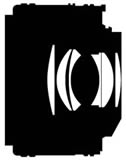
Image © 2008 Nikon Corporation (source) Lens construction for the Nikon AF 50mm f/1.4D: 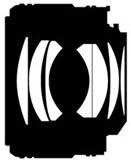
Image © 2008 Nikon Corporation (source) External reviews (Nikon AF 50 mm f/1.4D & f/1.8D) dpreview.com (f/1.4D) (cache: 1 2 3 4 5 6 ) dpreview.com (f/1.4G) (cache: 1 2 3 4 5 ) dpreview.com (f/1.4G vs. f/1.4D) Comparison from the full reviews above (cache: 1 2 ) imagepower.de (f/1.4D) (cache: 1 ) naturfotograf.com (f/1.8 & f/1.4D & f/1.4G) (cache: 1 2 3 ) photozone.de (f/1.8D) (cache: 1 2 3 ) photozone.de (f/1.4D) (cache: 1 2 ) photozone.de (f/1.4G) (cache: 1 2 3 ) olegnovikov.com (f/1.4D) (cache: 1 ) lenstip.com (f/1.4G, Nikkor-S 5.8 cm f/1.4) (cache: 1 2 3 4 5 6 7 8 9 10 11 ) *) Contact me if you know interesting reviews not listed here. The cache numbers in parenthesis next to the links lead to cached pdf files (just in case the original links don't work anymore). The files usually only represent parts of the original contents from January 2010. |
Some images taken with
the Nikon AF 50mm f/1.4D lens
(Sensor: DX format):

|
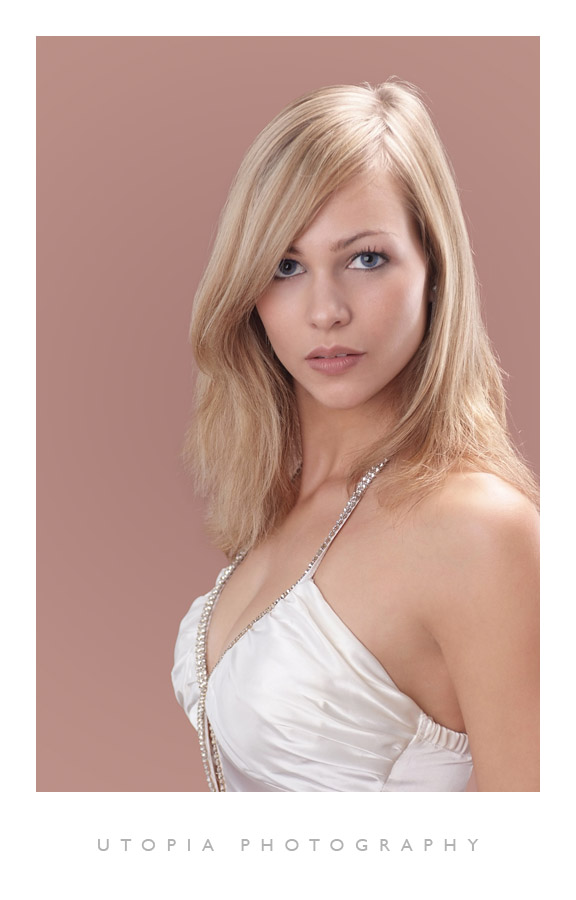
|
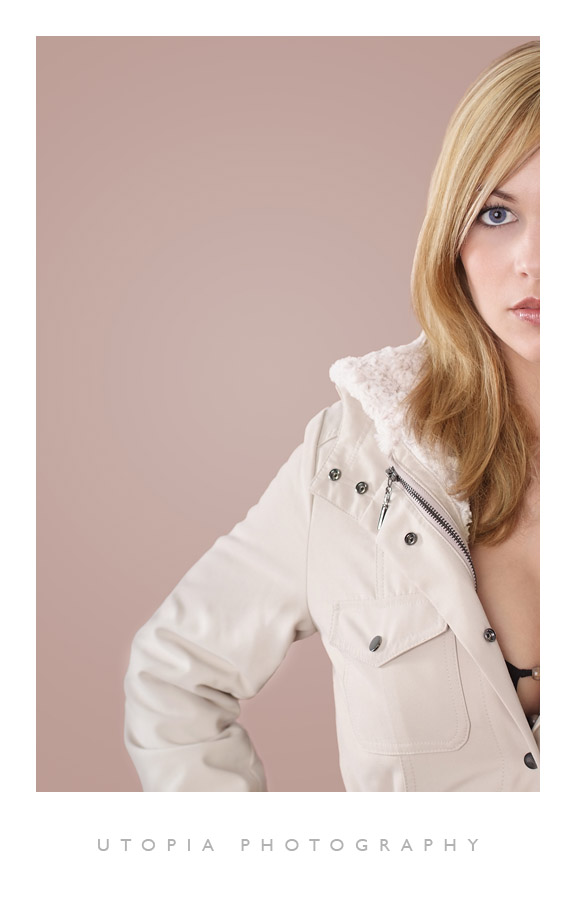
|
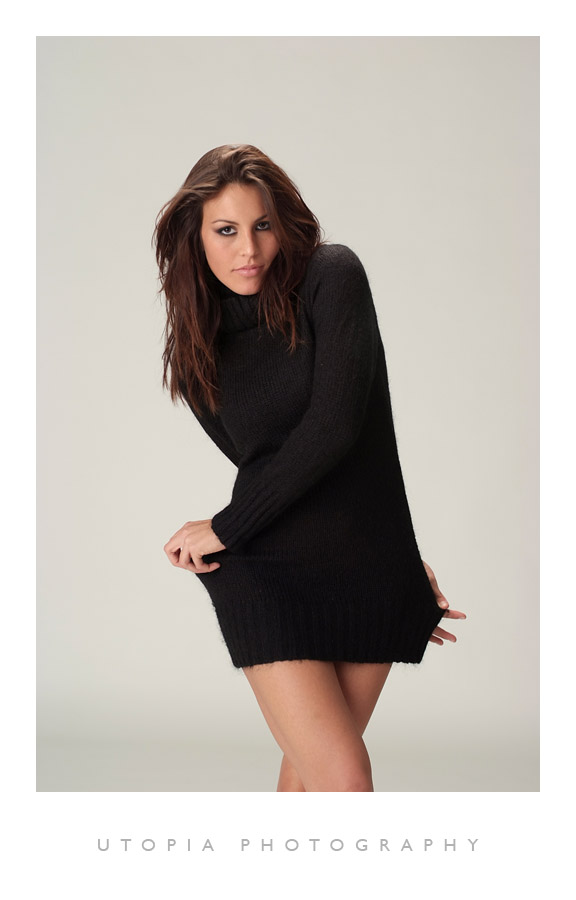
|
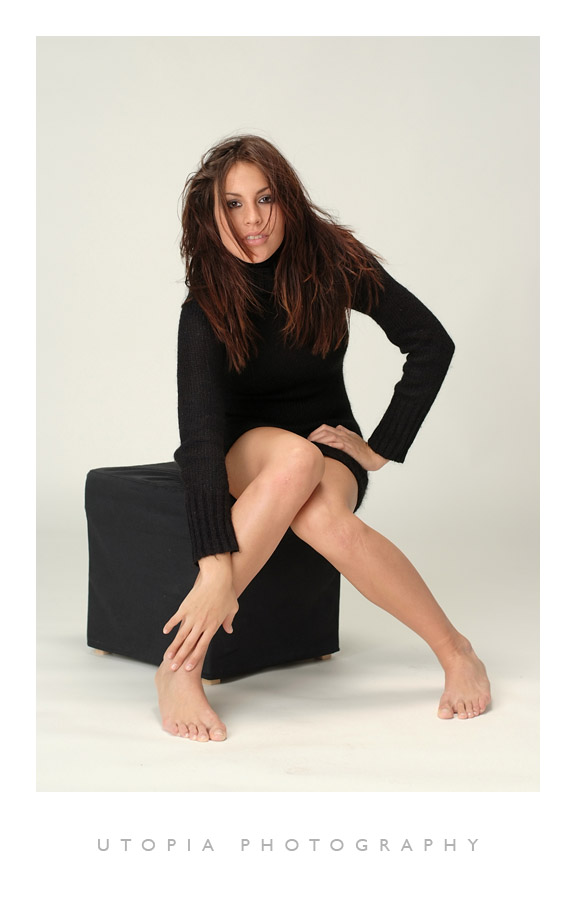
|